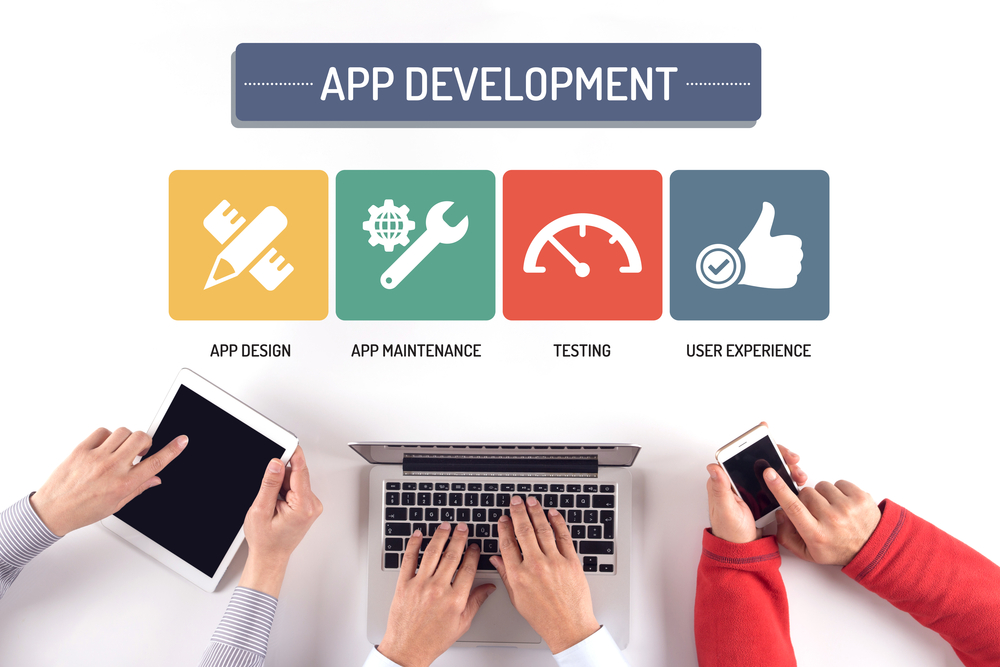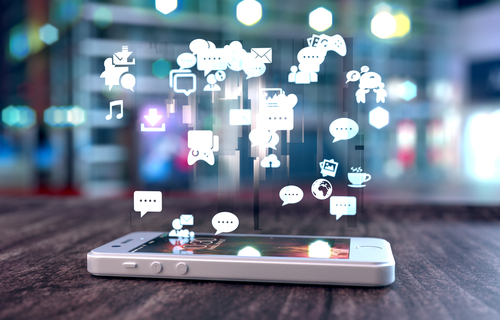Consumer Engagement is fast becoming the key to success of brands in the B2C space, in sectors such as Fast Moving Consumer Goods (FMCG), Retail, Travel, Hospitality, and Healthcare. The benefits of high levels of engagement are obvious and applicable over both short and long term scenarios: increased loyalty, brand advocacy, and increased revenues as well as margins. Particularly in the FMCG space, one technique to promote the brand and products is that of Product Sampling- distributing free product samples to a small consumer group. Examples are product samples given out at supermarkets, at events, or online on the company’s web site.
Sampling: Benefits and Challenges
There are three key benefits of giving out product samples:
- Making new consumers familiar with the product: The “Try before you Buy” model
- Encouraging existing consumers to continue using the product: The “Loyalty” model
- Increased sales: Consumers who try the product are more likely to buy (if they don’t, you have a potential problem with the product itself).
Along with benefits come the challenges as well:
- Sampling involves high investments: The cost of the products, event costs, shipping costs, and support costs all add up.
- The cycle time for feedback from consumers is long and can take 2-3 months. The quality of insights is also limited.
- Consumer engagement is transactional and limited for that exercise. However, by definition, engagement should be something that continues over a period of time.
The Business Need: Digital Sampling
The world today is increasingly centered on the Digital Consumer and it is imperative for brands to communicate and engage with consumers using digital media. Traditional sampling therefore needs to give way to Digital Sampling: using a digital (IT) platform to run sampling engagements.
How can a Digital Sampling IT platform make a difference?
- Reduced cycle time for Consumer Feedback: Since the brand now has feedback directly from the end consumer (instead of depending on a market research agency), the cycle time for getting feedback can get reduced by 60% – 70% .
- Addressing the digital consumer: Consumers today spend more time on digital channels than on traditional channels. To engage with such consumers, brands need to go digital as well – even for an area such as sampling.
- Consumer Insights: With the digital approach to sampling, feedback available from consumers can be analyzed for rich and deep insights. For example, understanding the overall sentiment to a new product being launched. Such insights can help the brand target the appropriate consumers, identify influencers and advocates, and get feedback for product improvements.
Planning for Digital Sampling: Recommendations
To go ahead with the Digital Sampling journey, we recommend the following approach
- Product selection and Business objective definition: First, decide the product that you would like to distribute free samples for, and your business objective: for example, a dipstick survey on a new product you are planning to launch.
- Identifying the target audience: Sampling as a marketing technique is always intended for a select audience. Therefore, it is important to identify the set of people you would like to distribute the samples to. For example, these could be people in a particular city, or people in a particular age group.
- IT Platform selection: You can build a custom IT application for your digital sampling. Alternatively, you can check for existing platforms which can help. Either way, the IT platform’s primary purpose should be to help you engage your consumers in a two-way dialogue, capture feedback, and convert that into actionable insights.
- Execution: This involves shipping the samples to consumersand addressing customer queries. Execution could also be by means of an event, especially for sample types where shipping may not be the right option.
Summary
As we enter the age of the Digital Consumer, traditional consumer engagement approaches need to give way to Digital Consumer Engagement. This article describes how the direct marketing technique of product sampling needs to give way to Digital Sampling. The benefits of the digital approach include significantly reduced cycle times for getting consumer feedback for samples, cost efficiencies, and deep consumer insights which can help both for product promotions as well as product design.

Shantanu is a former Happiest Mind and this content was created and published during his tenure.








